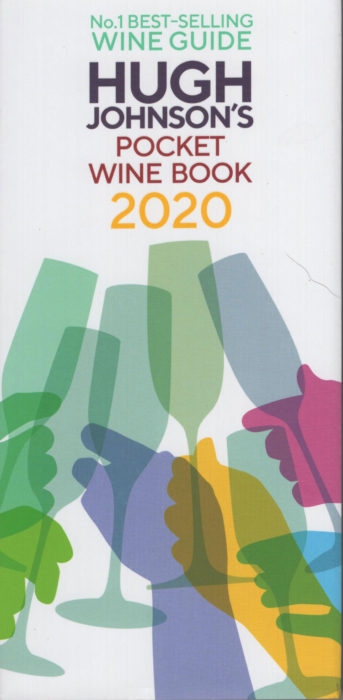
This 43rd edition of the Pocket Guide is every bit as delicious as those many earlier versions. The intense wine-by-wine, country-by-country descriptions and summaries retain their intense insights.
What is new here are some considerations of recent years and a full-color supplement on Wine Flavor: How, What, and Why? When you pick up the book, that supplement is your best first stop.
Wine flavor changes, for all kinds of reasons. Today’s wines are far different from those of, say, the 1950s. It’s hard to imagine what an 1850 or 1550 wine tasted like. We can imagine, we can guess, but can never know. Oh, you have a bottle of 1550 Chianti? Well, good luck. Time and temperature and even ambient light can affect a bottle. Even a bottle left sitting on a shelf with nary a human touch.
The Wine Flavor section focuses on basic, yet key questions. Why does wine taste the way it does today, and how might it taste in the coming years? How much wine comes the different grape varietals and how might those proportions vary in the future? Critically, what will environmental change mean for wine? We might dispute the source of global warming, but there is no doubt warming has occurred and impacted the hills and valleys where we grow our grapes.
Contemporary winemaking is seeing a shift from “heavy oak” to light or no oak at all. Having a “mineral” or “salty” taste is now a target area for winemakers. While the application of science to winemaking remains a peak concern, there is a new wave of winemakers willing to let the wine take a more natural course. For these new winemakers, chemical perfection is less important than interesting taste, perhaps a taste that will occur only for one year.
Hugh spends two solid pages on the effects of temperature. What is warm for one grape varietal may be coolish for another. So, it is the temperature-varietal combination that has to be considered, not just the air temperature over the growing season. Warmer weather means grapes are more likely to ripen to their fullest flavor and sugar levels. A century ago, getting grapes to ripen might be a problem for many vineyards. Now, with ripening guaranteed, it’s a matter of “the best” ripening level. And the warming now means that England now has a chance to produce seriously good wines.
Finally, a section From Youth to Old Age discusses that impenetrable question of when to drink a wine. Young wines do taste different older ones. But is older always better? How have the changes in winemaking affected the best age to open that bottle?
I mentioned Hugh has some pages devoted to recent years. His Vintage Report 2018 notes that England has had its best year. There was mildew in Bordeaux and the Rhône but Burgundy was calm in contrast. That’s key advice to take to your wine store.
In his A Closer Look at 2017, Hugh notes that the Burgundy wines are now spectacular. Much of the rest of Europe had a difficult year, so again you can now go directly to the liquor shelves offering you premier bottles.
The Pocket Wine Book 2020 is more than just fun. It is an essential guide, one that will save you time, give you best bottle for the buck, and make you a smarter and happier wine drinker.
